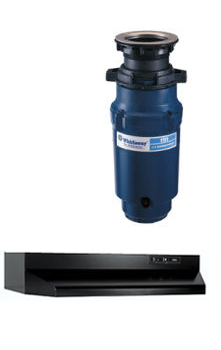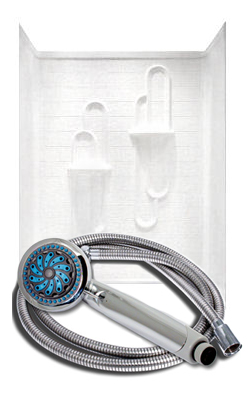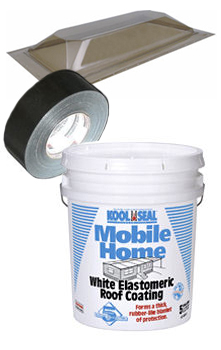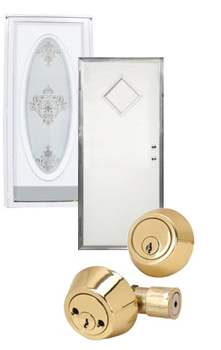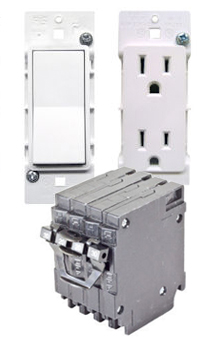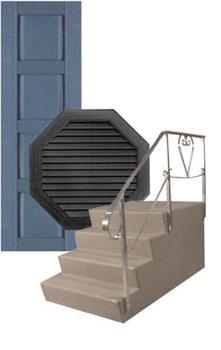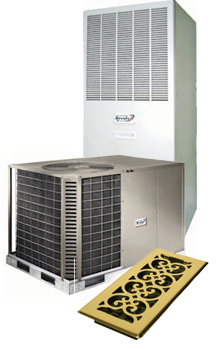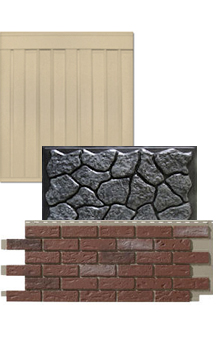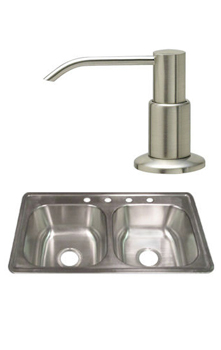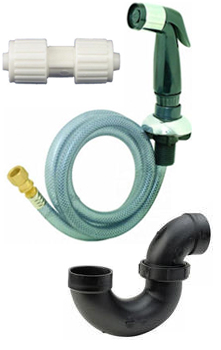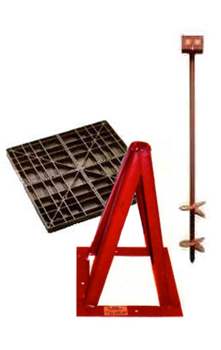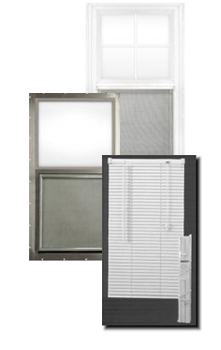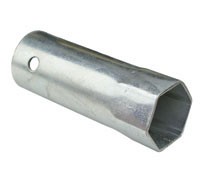Tools you will need:
A multimeter to check power
A garden hose to drain the water heater
Screwdriver
Element Wrench for screw-in elements
Step 1: Turn off the breaker to the water heater, remove the top access panel, insulation, and plastic safety cover. Be sure not to touch any wires! If the breaker has been mislabeled, the wires could still be hot!
Step 2: Test the multimeter on a working wall outlet first to be sure you will be getting an accurate reading. Place one probe on one of the terminal screws. Place the other probe on the tank. You should not get a reading. If you do get a reading then the wrong breaker has been cut off and power is still on! Once you are positive power has been cut off to the tank you can go to the next step.
Step 3: Now you will need to drain the water heater. Turn off the water supply to your water heater. Remove the aerator from the kitchen faucet to keep from clogging it when the water is cut on later and open the hot side of the faucet so the tank will drain faster. Attach a garden hose to the drain valve and run the hose outside to drain. It normally takes 20 minutes or so to drain a water heater.
Step 4: Upper and lower elements are replaced the same way. First remove the two wires from the element. If you have a screw-in element, remove using the element wrench. If you have a flange element, remove the four bolts and pull the element straight out. Slide the new element into the opening. Screw the element in with your hand until the rubber gasket touches the tank. Install the two element wires on the new element.
Step 5: Turn the drain valve off and remove the garden hose. Open the water supply valve and fill up the tank. Let the kitchen faucet run until all the air is out of the line, then replace the aerator. Check the new elements closely for leaks. If you do not detect any leaks you can replace the plastic safety covers, insulation, and access panels. Once you have closed up everything, turn the power on. You should have hot water in about an hour!


